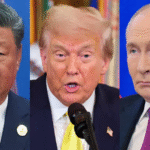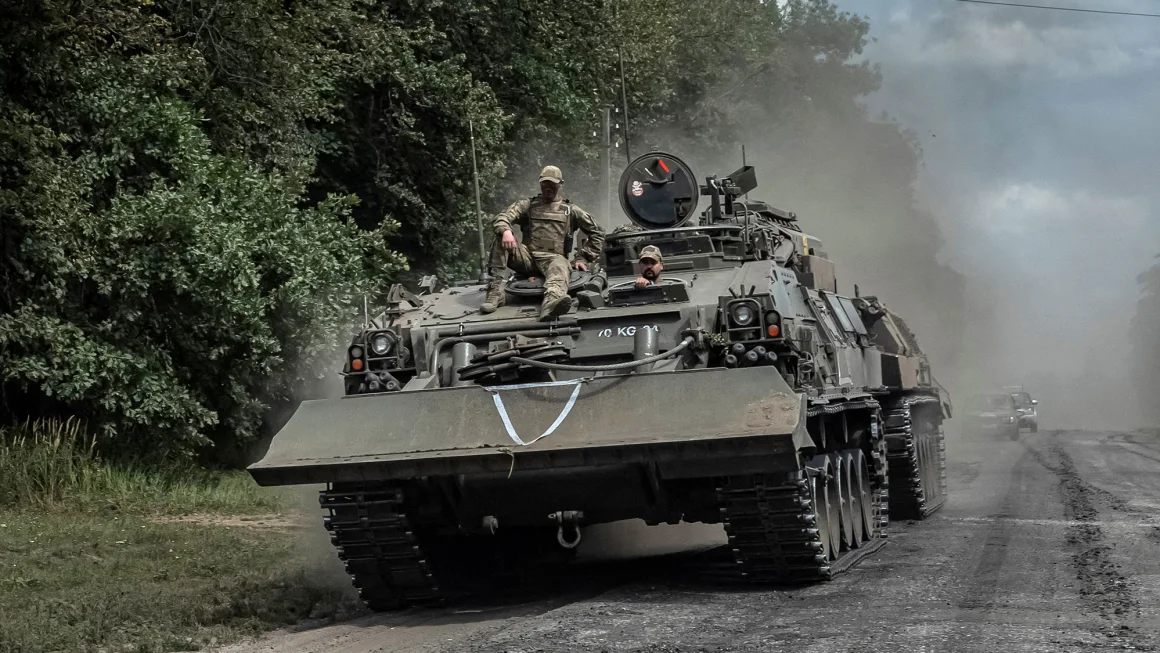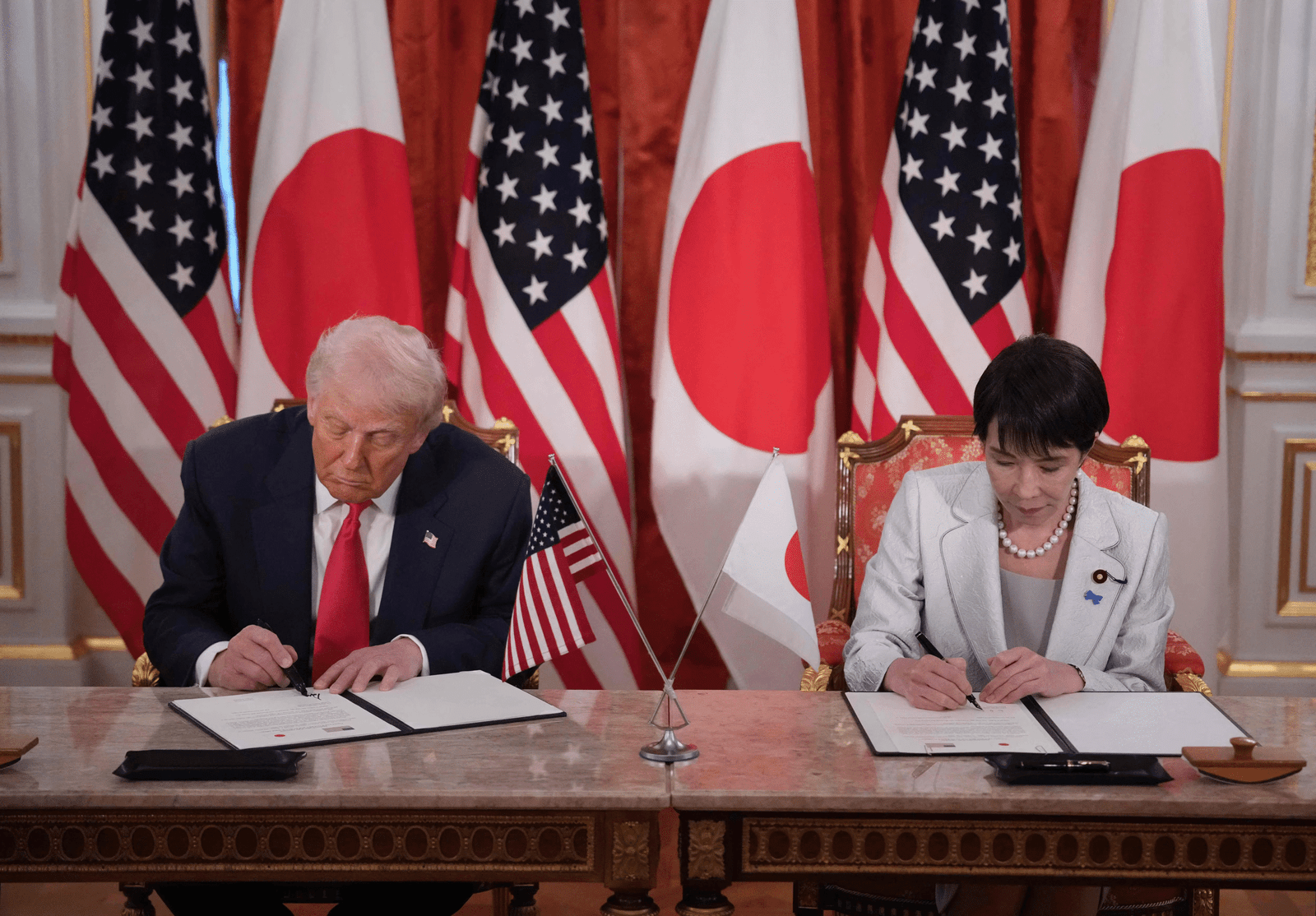As the ongoing conflict in Ukraine intensifies, Ukrainian President Volodymyr Zelensky has confirmed that Ukraine is currently engaged with nearly 50,000 Russian troops in the Kursk region. This area, situated in southern Russia, has become a critical point of military confrontation after Ukraine launched its counteroffensive in the summer of 2024. Despite Russian claims of encirclement and recapture, Ukrainian forces continue to assert control, causing significant losses for Moscow. The Ukrainian military aims to destabilize Russian forces by stretching their defensive lines, but experts caution that Ukraine faces significant challenges as Russian reinforcements bolster their position
Ukraine’s incursion into Kursk began with unexpected success, as they initially caught Russian forces off guard. However, Moscow quickly responded by reinforcing the region with 50,000 troops. This deployment underscores the importance of Kursk in Russia’s broader strategy to maintain control of its western border. While Ukraine’s forces continue to make advances, the battle has become a back-and-forth struggle. Military analysts suggest that this conflict is part of a larger strategic goal by Ukraine to weaken Russian positions along the eastern and southern fronts.
The region has seen heavy casualties on both sides, and the contest for Kursk is far from over. Ukraine is hoping that the incursions will disrupt Russian operations elsewhere and force Moscow into a defensive posture. However, the logistics of maintaining such a broad front are complex, and the continuous fighting in Kursk could divert valuable resources from Ukraine’s other critical battle zones, such as Donetsk
Despite these risks, Ukraine’s leadership remains committed to its push for control in Kursk, seeing it as a key part of a broader effort to force Russia into negotiations. The challenge is far from over, and as both sides struggle for dominance, the outcome of this battle will have significant implications for the future course of the war. Ukraine has also committed substantial Western-supplied resources and elite forces to the campaign, hoping to tip the scales in its favor. However, the mounting losses raise questions about the long-term sustainability of such a costly operation











